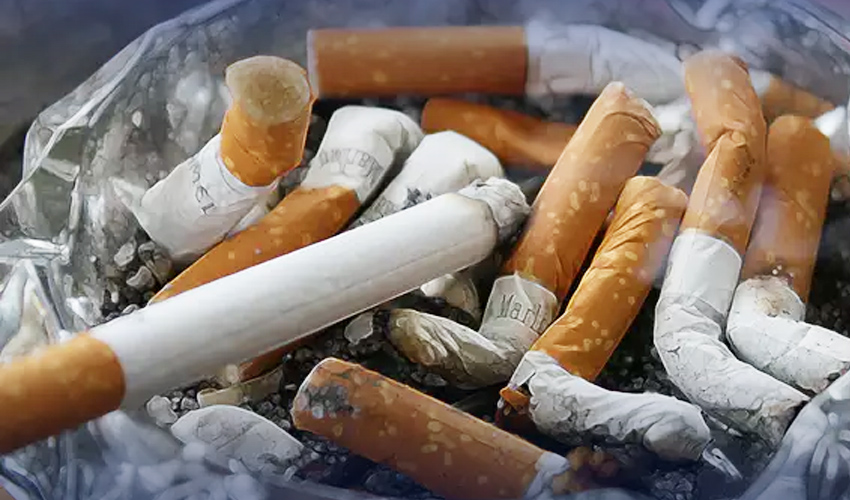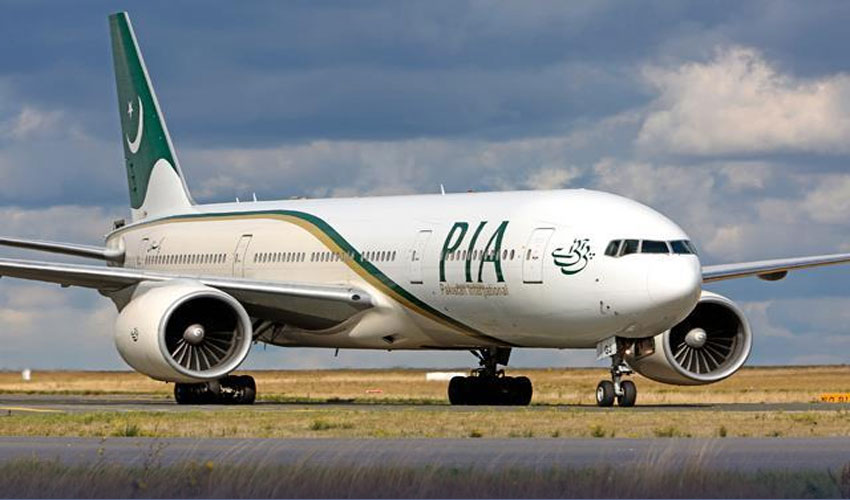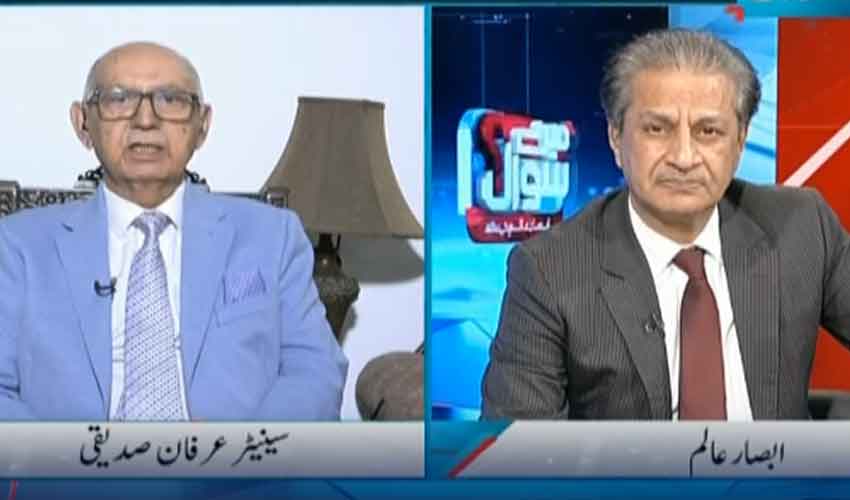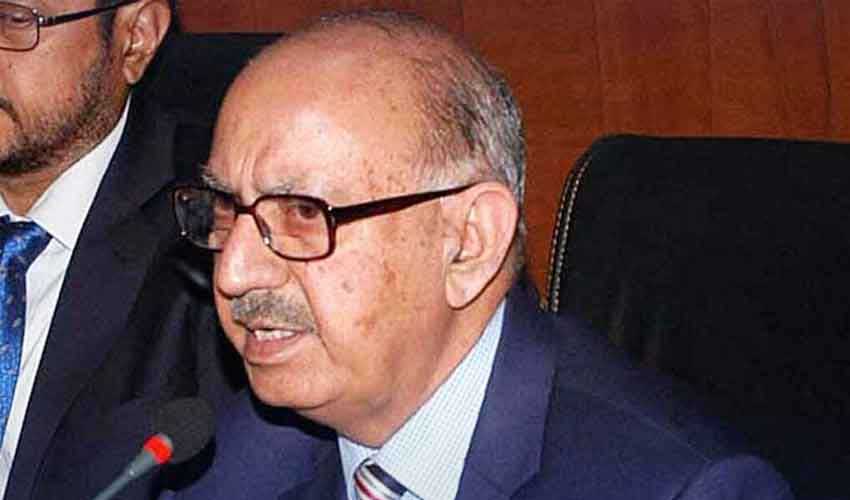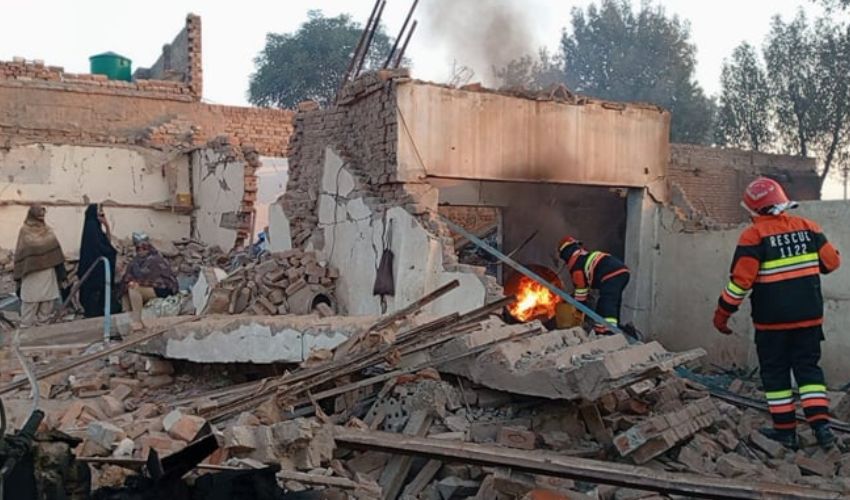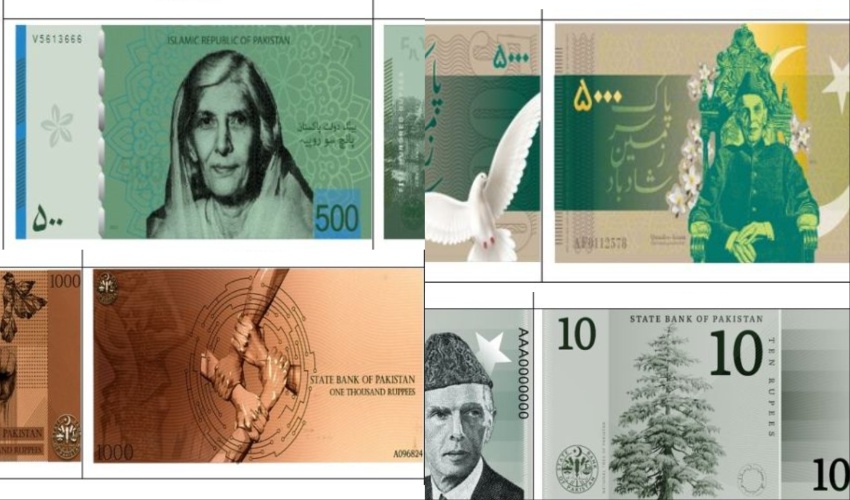Tobacco use is one of the major public health challenges in today’s world and the single most important cause of preventable deaths worldwide.
It is a key risk factor for non-communicable diseases. There are 1.3 billion tobacco users worldwide. That number would be even larger if tobacco didn’t kill half of its users. Every four seconds, tobacco takes a life.
According to the World Health Organization (WHO), there are over 23.9 million tobacco users in Pakistan, out of which approximately 166,000 are dying every year because of tobacco-related diseases.
As per the findings of a Pakistan Institute of Development Economics (PIDE) study, tobacco annihilates 1.6% of GDP -- taking out Rs615 billion from the economy as health cost. What makes this statistic even worse is that Pakistan, largely being a population of young people, puts a lot of youth and children at risk.
According to a survey, around 1,200 children between the ages of six and 15 start smoking in Pakistan every day due to easy availability. The World Bank recommends at least 30% increase in taxes on tobacco products yearly to reduce its overall consumption.
Decades of the tobacco industry’s deception and devious tactics have hooked generations of users to nicotine and tobacco, driving this global epidemic. No actions are being taken by the law enforcement agencies on this violation.
The tobacco industry always uses various tactics to target children and youth. The young generation is misguided by the tobacco industry for promoting its narrative that discourages taxations on it. This industry, using celebrity endorsers, may influence attitudes towards products as being fit.
In the past, tobacco companies have openly paid movie studios and stars to feature their products. Tobacco and related industries have increasing prey on children and adolescents, engaging in advertising tactics like sponsorship and influencer marketing to target them directly, threatening their health.
The affordable availability of cigarettes in the market lifts the risks. In Pakistan, cigarettes are available at a much cheaper rate in the South Asian region. The government must impose a tax on tobacco products to boost revenue, reduce the burden on health infrastructure and its affordability for the youth.
The current tax structure enables the tobacco industry to sell cheaper cigarettes. Considering the economic and health costs of tobacco consumption, an increase of four to five times the current tax rate is strongly recommended. However, as a start, it is imperative that the Federal Board of Revenue (FBR) raise excise taxes to meet the WHO’s recommended threshold of 70% of the retail price of a cigarette pack.
The FBR must narrow the tobacco industry’s tax manoeuvring space by progressively moving to a single-tier taxation system. These reforms will effectively reduce tobacco affordability and save millions of youths from being trapped into an expensive life-long loyalty.
Currently, the tax rate on cigarettes is the same as it was five years ago.
It is about time the policy-makers realize that the economic and health cost of tobacco consumption is higher than Pakistan’s total yearly public health spending. Adopting the tobacco tax reforms model will result in 219,000 fewer smokers; 3.8% reduction in smoking prevalence among adults; 6.4% reduction in smoking intensity among adults; and Rs19 billion in additional total tax revenue.
The author is a journalist, political analyst and social media strategist, with an interest in exploring social problems and economic inequalities through his writings.





